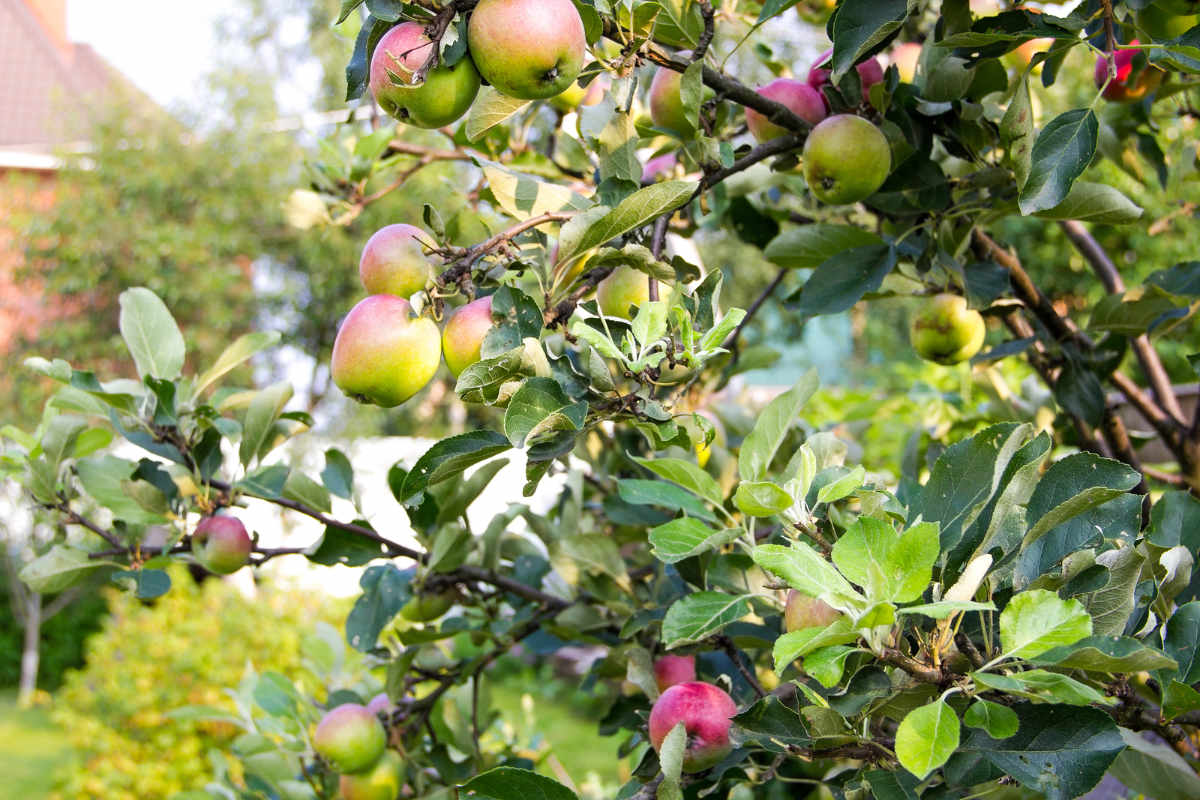How to make raw unpasteurised apple cider vinegar
Inexpensive raw apple cider vinegar and easy to make from apple scraps
Part of my curiosity about developing plant-based cuisine is how we can make use of the entire vegetable or fruit. Each part of the plant has its own distinct flavour – although not all parts can be eaten.
Radish leaves, for example, are bitter whereas the roots are peppery. Carrot roots are sweet but the peel can be bitter. This bitterness might be just what is needed to balance a stock. The discarded peels are delicious dehydrated and added to orange zest and used as a seasoning. The carrot tops are grassy and can be used in a salad.
If you are using scraps and peels, it is best to use organic fruit and vegetables, due to the pesticide residues that can be found on the outside.
In a professional plant-based kitchen, if time allows, not much needs to go to waste. Next time you have some organic apple peelings and cores, you could try making your own raw and unpasteurised apple cider vinegar by following the steps below.
STEPS TO MAKING RAW UNPASTEURISED APPLE CIDER VINEGAR
Make a sugar solution combining 2 tablespoons sugar with 500 ml of filtered water. Don’t worry about using so much sugar, it is going to feed the fermentation of the apple cider vinegar. You are creating the right environment for bacteria to activate the fermentation process and create acidity.
Optional: if you have some bought raw unpasteurised apple cider vinegar with mother, you can add a tablespoon at this stage to give it an extra boost. Please don’t use store bought pasteurised apple cider vinegar.
Fill your large glass jar two thirds full with peelings – you could also use cores. This will be about 3 apples worth, depending on the size of apple.
Pour over the sugar solution making sure that the apple cores and peelings are well submerged with about an inch of liquid above. You could use a small plate for this. This is important to submerge as anything above the water surface won’t ferment. Leave a bit of an air gap at the top of the jar so don’t completely fill the jar with liquid.
Cover with a cloth or pop the jar in a nut milk bag and secure with a rubber band, so the air can circulate but nothing can crawl in. This type of fermentation is called aerobic fermentation which means that we need the air to come into contact with the ferment. The wild yeasts in air will turn it into cider and then into vinegar.
Leave in a dark place at room temperature (60 – 85F) for two weeks, stirring very few days. If any kind of foam appears, you can scoop that off with a clean plastic or wooden spoon – it’s a sign that fermentation is occurring. It will be cloudy and smell a bit yeasty and apple-like.
After about two weeks of stirring and settling, strain out the peelings and return the liquid to a lidded fermentation jar.
Leave the vinegar in a lidded fermentation jar. Leave it to settle for a further 4 weeks, tasting every week until it is strong enough for your taste.
You may see a brown jelly like substance on the top (see below) – this is the ‘mother’ and can be used in your next batch of apple cider vinegar – as per step 2.
If it’s obviously white, blue or pink mould then this would mean it has moved over to the dark side and it should be discarded. Start again.
Once ready, replace the lid with a tight seal so it is enclosed and no further air can come into contact with it. Refrigerate until needed. Refrigeration always slows down any fermentation process.
Once you have mastered the technique, try again doubling the amount so you always have apple cider vinegar on hand.
Apple cider vinegar after 10 days - the sugar water is cloudy, no mould and all the apple bits are submerged. All is well.





